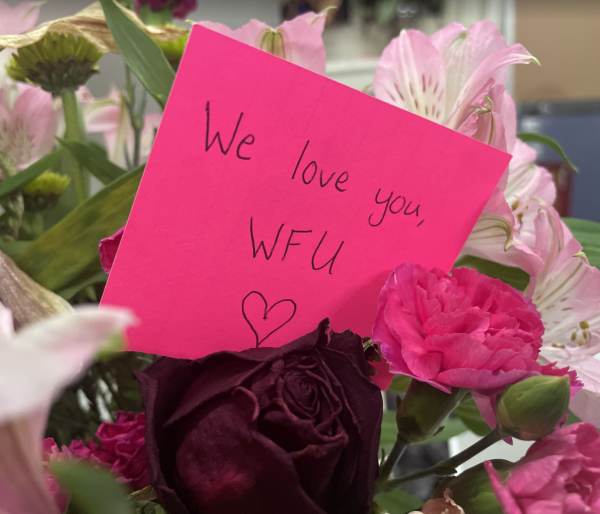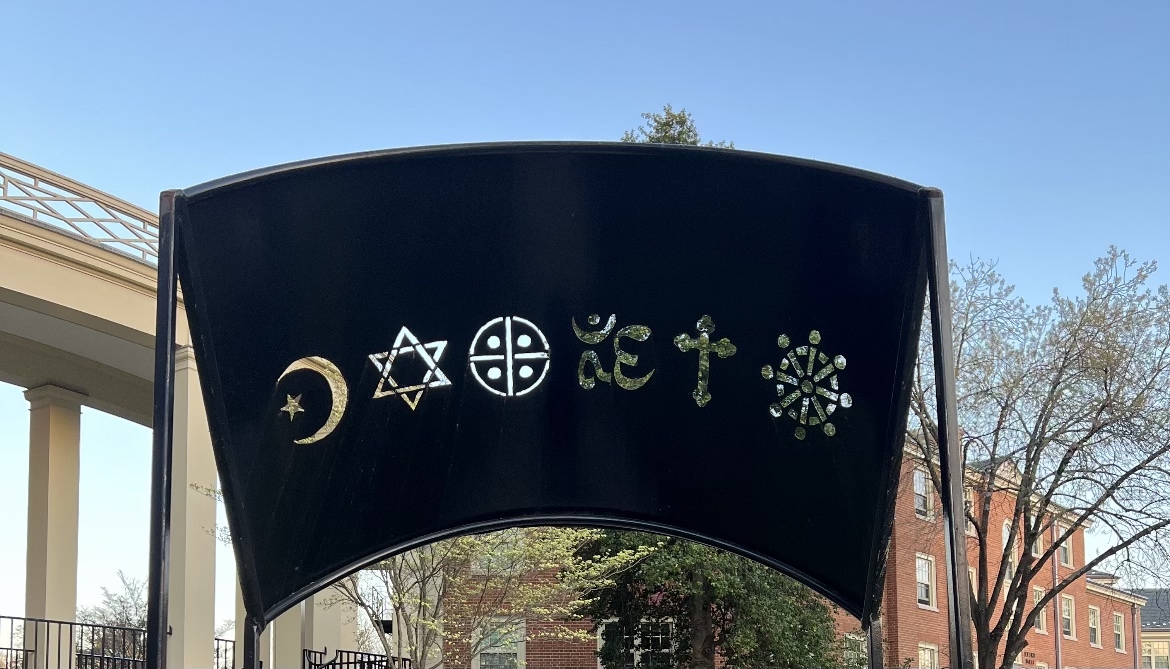Some have expressed concern that Martha Allman is being unfairly targeted by anti-racist efforts. This concern has some validity — white supremacy is a system and no one individual bears or should be made to bear the responsibility for that system.
According to critical race scholar David Gillborn, white supremacy is a “political, economic and cultural system in which whites overwhelmingly control power and material resources, conscious and unconscious ideas of white superiority and entitlement are widespread and relations of white dominance and non-white subordination are daily reenacted across a broad array of institutions and social settings.”
At Wake Forest, white supremacy is a part of our history and present. In the past, Wake Forest benefited from enslaved labor and from the sale of enslaved persons. The university resisted racial integration until 1962. In her letter to the Old Gold & Black editor, Katy Harriger describes the anti-black racism that she observed when she came to Wake Forest in 1985. Notable is the fact that Kappa Alpha Order displays of the Confederate flag were done in intentional defiance of the newly created office of minority affairs.
In the present, we face white supremacy “across a broad array of institutions and social settings:” buildings are named in honor of Confederate leaders; the Wake Forest KA chapter lists on its website under “distinguished alumni” author Thomas Dixon Jr. (a man who helped reinvigorate the KKK in the 20th century); only 6.6 percent of students are black (and this percentage has not changed significantly over time); the student-athlete system arguably exploits the labor of young men of color; only 4 percent of full-time faculty are black; there are few upper-level administrators of color; students are able to complete their degrees without learning about social injustice; the legacy system provides an unearned advantage disproportionately to white students; the university relies on low-wage contract laborers (the majority of whom are people of color) to perform custodial and service work; and more.
Addressing white supremacy requires an institutional commitment, which is what the March faculty resolutions called for. This includes a systemic process to reckon with our past — perhaps through a Truth and Reconciliation Commission (TRC) process similar to those used at other universities — and a systemic process to transform our institution, perhaps through a university-wide diversity action plan.
If Martha Allman is indeed the person described by Dr. Harriger, then she should be willing to participate in a TRC process and should be championing the creation of a university-wide diversity plan. A genuine TRC process isn’t about holding one person responsible for a systemic problem, but does encourage individuals to take responsibility for their role in upholding unjust systems. A genuine TRC process also is not a single event, but is an ongoing series of public meetings involving many people. It should, in fact, involve all members of the Wake Forest community, past and present, who have played a role in sustaining white supremacy. It should, indeed, be a “very crowded stage.” By undertaking a genuine TRC process, we believe that Wake Forest will be using the yearbook photo revelations as an opportunity to genuinely take responsibility for its past and to put in place a concrete plan for the future.
Faculty Ad Hoc Committee of Wake Forward











Hank Wordsworth • Apr 12, 2019 at 11:30 pm
This sounds more like something Thomas Dixon would write as parody to prove his point. Try again.